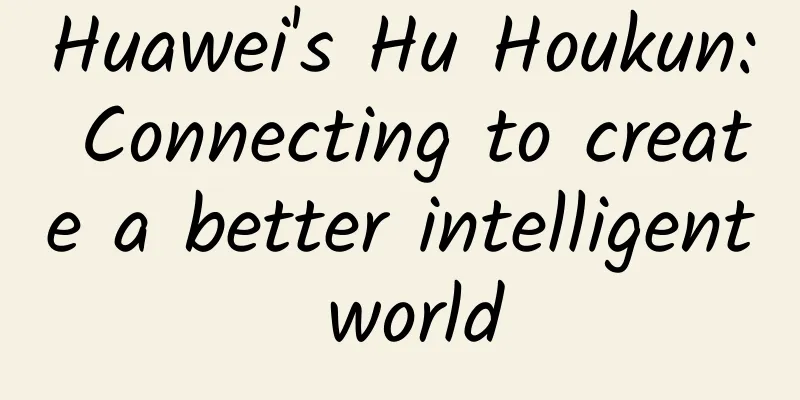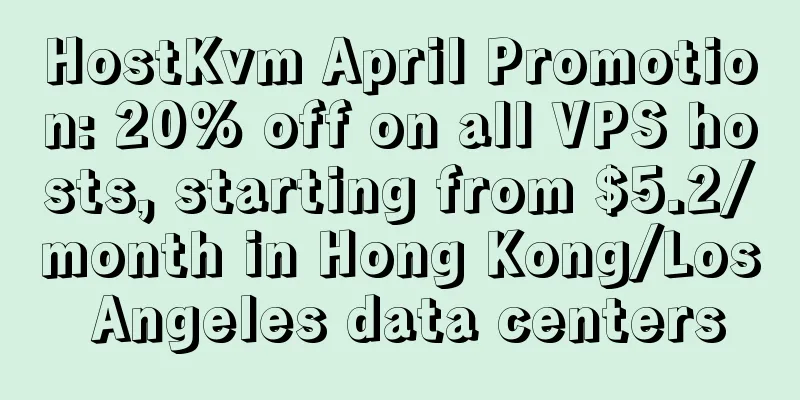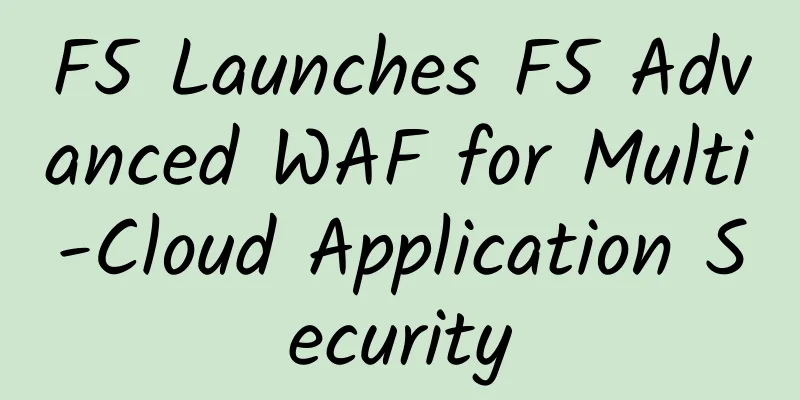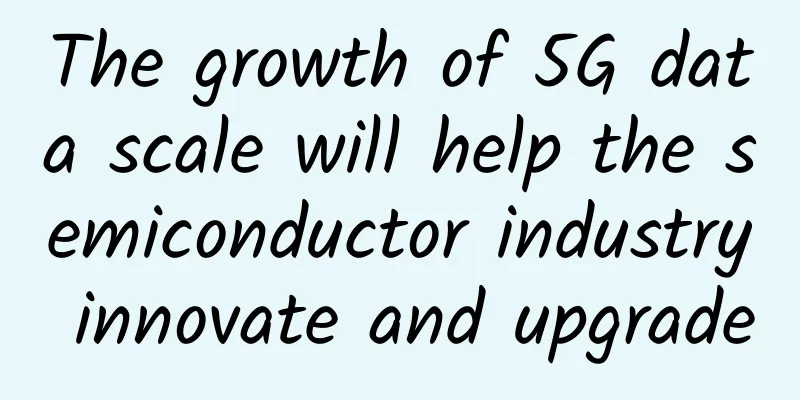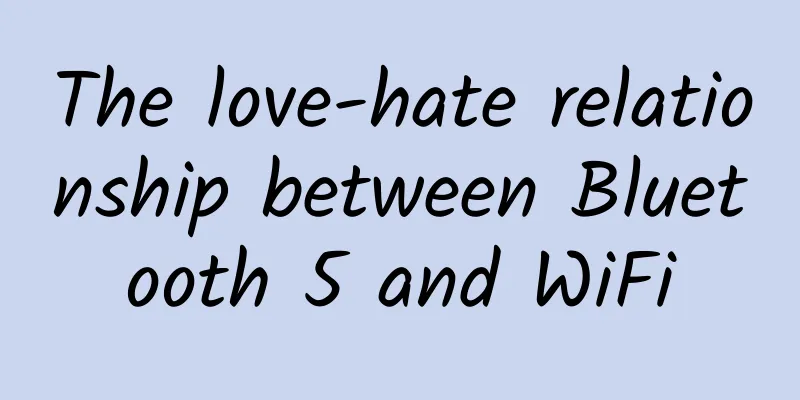Why does TCP use three-way handshake? Can't two or four-way handshakes work?

|
The TCP protocol needs three handshakes to establish a connection, while the SCTP protocol needs four handshakes to establish a connection. We can't help but ask, why doesn't TCP use two or four handshakes to establish a connection? TCP is a reliable transmission control protocol. It must do two things: one is to ensure reliable data transmission, and the other is to improve transmission efficiency as much as possible. The three-way handshake is designed to achieve these two things.
Achieving reliabilityAssume that A and B want to establish a TCP connection. First, the operating system randomly selects a 32-bit sequence number. Assume that A's initial sequence number is 1000. Then the data to be sent is numbered, 1001, 1002, 1003... A will tell B the initial sequence number ISN to let B know what kind of numbered data is legal and what kind of numbered data is illegal. For example, if data with a number of 999 is received, it is illegal. B will also confirm each numbered data of A. If the received number is 2001, 1001-2000 means that 1000 bytes have arrived safely. Similarly, B will also perform similar operations. If B's initial serial number ISN is 2000, B will also start numbering 2001, 2002, 2003... B then tells A the initial sequence number ISN, and A can also confirm how many bytes B has sent and whether the data is legal. Through the above steps, it is not difficult to find that the essence of the TCP protocol handshake is the sequence number of the data origin of the communicating parties, so as to achieve reliability. Transmission efficiencyWhy is a three-way handshake necessary to achieve reliable data transmission? Is a two-way handshake OK? Two-way handshake:
The two-way handshake will cause a problem. B has no way of knowing whether A has received its own synchronization signal. Once this synchronization signal is lost, A and B will not be able to reach an agreement on B's initial sequence number. Obviously, a two-way handshake is undesirable. So what about the four-way handshake?
Obviously, four steps are not necessary, and steps 2 and 3 can be combined to improve the speed and efficiency of the connection. The TCP protocol needs to take reliability and transmission efficiency into consideration. Knowing this, we also understand why there can only be three handshakes, not two or four. |
>>: Inventory: Excellent NaaS providers in 2021
Recommend
What is a Computer Network Hub?
Quick definition: A computer network hub is a lay...
SpartanHost Seattle E5 KVM restock, $8/month-2GB/30G NVMe/3TB/10G bandwidth/20G high defense
SpartanHost has restocked the DDoS Protected SSD ...
"Electricity and telecommunications cooperation" to build 5G is a new interpretation of "speeding up and reducing fees"
"It used to cost 100 yuan for one person to ...
The price of 4G mobile chips will rise instead of fall in the second half of 2021
As mobile chip suppliers focus more on 5G solutio...
Cool down the false millimeter wave! Adhere to the road of confidence and look at the millimeter wave rationally
Last year, a manufacturer raised a very interesti...
5G: Number of terminal connections exceeds 200 million
2020 is the first year of large-scale constructio...
For the first time, such a clear and unconventional explanation of K8S network
[51CTO.com original article] K8S network design a...
HTTP Cache Protocol Practice
1. What is Cache? Cache, also known as Cache, is ...
Did you know? The 5G market started with B2B
The two major obstacles to the popularization of ...
Good news for 5G: the rate is no higher than 4G, and you don’t need to change your phone number when you change your phone
Large bandwidth, large connections, low latency a...
How awesome is the next-generation camera polished by the Virgo Huawei technical team? A favorite for detail lovers!
[51CTO.com original article] Can cameras also tak...
Maxthon Hosting: Hong Kong CN2 line 2G memory VPS 20% off 56 yuan/month, optional native IP, optional high defense, support IP change
Maxthon Host is a long-established foreign hostin...
WiFi is disliked by the EU and 5G may be selected as the communication standard for Internet of Vehicles
EU member states recently voted on a plan to adop...
What network engineers should know about ARP
Dynamic ARP entry learning In most cases, devices...
RackNerd Seattle VPS Promotion $12.99/year - Single core, 1G memory, 15G hard disk, 2TB monthly traffic
At the beginning of the month, RackNerd released ...
